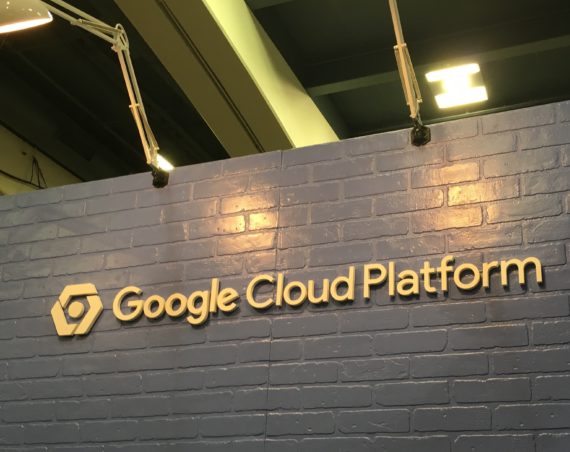
Google Cloud has announced the official launch of its Osaka cloud data
The Osaka region, as with all Google Cloud facilities aside from Iowa, has three availability zones and comes with the standard product set, including Compute Engine, App Engine, Google Kubernetes Engine, Cloud Bigtable, Cloud Spanner, and BigQuery.
The move ensures the company is going ahead at a steady clip following the opening of the Zurich data centre region in March. According to Google Cloud’s map, Seoul, Jakarta, and Salt Lake City are next on the list,
Writing in a blog post confirming the launch, Google Cloud CEO Thomas Kurian noted the strategic importance of Japan – and that with two cloud regions in the country, customers will benefit from greater business continuity, infrastructure, and more partners.
“We’ve invested more than $47 billion in our global infrastructure in the last three years, and we continue to invest to fuel the digital transformation journey of our customers across more than 150 countries,” wrote Kurian. “These key elements, combined with our global partner ecosystem and expanded go-to-market
As ever with these things, a satisfied customer was rolled out, in the shape of beverage manufacturer Asahi Breweries. “We’re looking forward to the Osaka cloud region,” said Tatsuhito Chiku, corporate officer and general manager of IT at Asahi Group Holdings. “Using Google Cloud Platform services like BigQuery have enabled us to build a system with low latency and high resiliency, and the Osaka cloud region will further improve our system availability and achieve business continuity.”
Google was also placed as a leader for the first time in Gartner’s most recent infrastructure as a service (IaaS) Magic Quadrant focusing specifically on Japan. This makes for an interesting analysis; when looking at the leaders, it remains an AWS-Microsoft-Google 1-2-3, with IBM as the only ‘visionary’ and a host of local providers, from Fujitsu to IIJ (Internet Initiative Japan) as niche players.
You can read the full announcement here.


